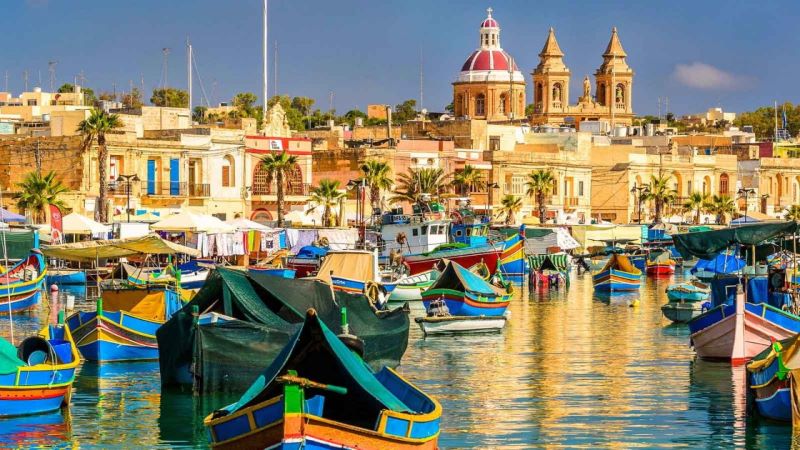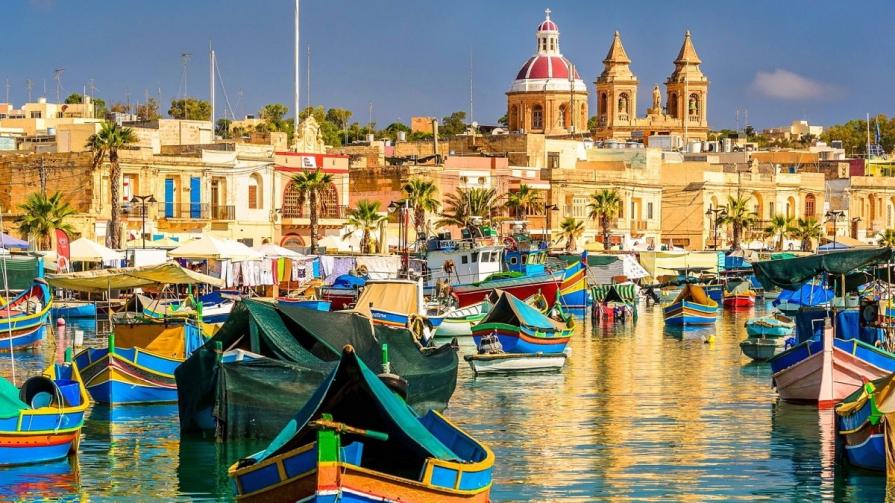Are you longing for the perfect location to call home in Malta? Look no further! In this guide, we will unveil the best places to live in Malta, ensuring you find the ideal spot to suit your needs and desires. Brace yourself for a journey through the diverse regions and statistical districts of this charming country. From the tranquil rural areas to the bustling urban centers, we will explore the different facets of Malta’s living experience. Delve into the coastal havens that offer a taste of luxury, or immerse yourself in the vibrant nightlife of expat-favorite cities. Families can discover the perfect blend of top-notch education and accessibility to business areas. And for those seeking a location-independent lifestyle, remote districts beckon with open arms. Get ready to embark on a thrilling quest to find your freedom in the best places to live in Malta!
Key Takeaways
- Proximity to work and school is an important factor when choosing a place to live in Malta.
- The northern half of Malta is more popular with expats and tourists, while the southern half is more rural and traditional.
- Coastal areas in Malta are more expensive to live in.
- The Three Cities and the towns around Valletta’s harbor, as well as Sliema and St. Julians, are popular places to live in Malta.
Best Regions
When considering the best places to live in Malta, it is important to explore the different regions, each offering unique characteristics and suitability for various lifestyles and preferences. The five regions of Malta are divided into six statistical districts, each with its own appeal. The southern half of Malta is more rural and traditional, providing a quieter and more laid-back lifestyle. On the other hand, the northern region is popular with expats and tourists, offering a vibrant and cosmopolitan atmosphere. Coastal areas in Malta are generally more expensive to live in due to their proximity to the stunning Mediterranean Sea. However, it is important to consider the pros and cons of each region, such as rush-hour traffic in historic areas or the higher cost of living in popular tourist spots. Ultimately, the cost of living and personal preferences should guide the decision-making process when choosing the best region to live in Malta.
Urban vs Rural
Urbanization in Malta varies, with the northern regions being more populated and popular, while the southern regions are more rural and traditional. The northern part of Malta, particularly areas like Sliema, St. Julians, and Paceville, are known for their vibrant nightlife, expat communities, and good public transportation options. These areas offer a wide range of amenities, including restaurants, cafes, shopping centers, and entertainment venues. On the other hand, the southern half of Malta, such as the Three Cities and the towns around Valletta’s harbor, offer a more tranquil and traditional living experience. These areas have a rich historical charm and are less crowded compared to the north. However, amenities and infrastructure may be limited in some rural areas, and access to certain services may require a longer commute. Overall, the choice between urban and rural living in Malta depends on individual preferences and lifestyle needs.
Coastal vs Inland
Coastal areas in Malta are generally more expensive to reside in compared to inland regions. Living by the coast offers several advantages, such as picturesque views, easy access to beaches, and a refreshing sea breeze. However, it is essential to consider the cost of living when choosing a location in Malta. Here are some pros and cons to consider:
Pros:
- Scenic views and proximity to beautiful beaches.
- Opportunities for water activities like swimming, snorkeling, and boating.
- A cooler climate due to the sea breeze.
- Access to beachfront restaurants, cafes, and entertainment options.
- Potential for higher property value appreciation.
Cons:
- Higher rental and property prices.
- Crowded during peak tourist seasons.
- Limited parking spaces and traffic congestion.
- Limited availability of amenities and services in some coastal areas.
- Potential exposure to higher humidity levels and salt corrosion.
When deciding between coastal and inland areas in Malta, it is crucial to weigh these pros and cons to ensure a suitable living environment that aligns with individual preferences and budget considerations.
Popular Cities
One of the most sought-after cities in Malta for expats is Sliema, known for its vibrant nightlife and convenient public transportation options. Sliema attracts a diverse expat community due to its lively atmosphere and bustling expat culture. The city offers a wide range of nightlife options, including trendy bars, clubs, and restaurants that cater to different tastes and preferences. Expats can enjoy socializing and exploring the vibrant nightlife scene in Sliema, which often includes live music performances and events. Additionally, Sliema boasts excellent public transportation options, making it easy for expats to navigate the city and explore other parts of Malta. Whether seeking a lively night out or convenient transportation, Sliema is a popular choice for expats looking for an exciting and convenient place to live in Malta.
Ideal for Families
An ideal location for families in Malta is Pembroke, Swieqi, or San Gwann, as these areas offer access to top international schools and business areas. Families relocating to Malta often prioritize education for their children, and these areas provide excellent options with their proximity to renowned international schools. Additionally, living in Pembroke, Swieqi, or San Gwann allows families to have convenient access to business areas, providing opportunities for employment and career growth. These neighborhoods offer a safe and family-friendly environment, with amenities such as parks, playgrounds, and recreational facilities. Residents can also enjoy a range of shopping and dining options nearby. With their strategic locations and emphasis on education and business, Pembroke, Swieqi, and San Gwann are highly recommended for families seeking an ideal place to live in Malta.
Frequently Asked Questions
What are the commuting options like in Malta?
Commuting options in Malta offer a range of choices. Public transportation, including buses and ferries, provide convenient and affordable travel. Car rentals are also available for those seeking more independence and flexibility in their daily commute.
What are the healthcare facilities like in Malta?
The availability of specialists in Malta’s healthcare system is generally good, with a range of medical professionals and specialties. The quality of healthcare services is high, with modern facilities and well-trained staff providing comprehensive care to residents.
Are there any safety concerns in Malta?
Crime rates in Malta are relatively low, with a 2019 report stating a decrease in thefts and burglaries. The country has a well-established emergency services system, including police, fire, and medical assistance, ensuring the safety of its residents.
What is the cost of living like in Malta?
The cost of living in Malta varies depending on factors such as location and lifestyle. Groceries in Malta can be affordable, especially when shopping at local markets. Housing affordability can vary, with coastal areas generally being more expensive.
Are there any cultural or recreational activities available in Malta?
Malta offers a wide range of cultural and recreational activities. The country hosts various cultural festivals throughout the year, showcasing music, art, and traditional performances. Additionally, there are numerous sports clubs for residents to engage in various sports and outdoor activities.








